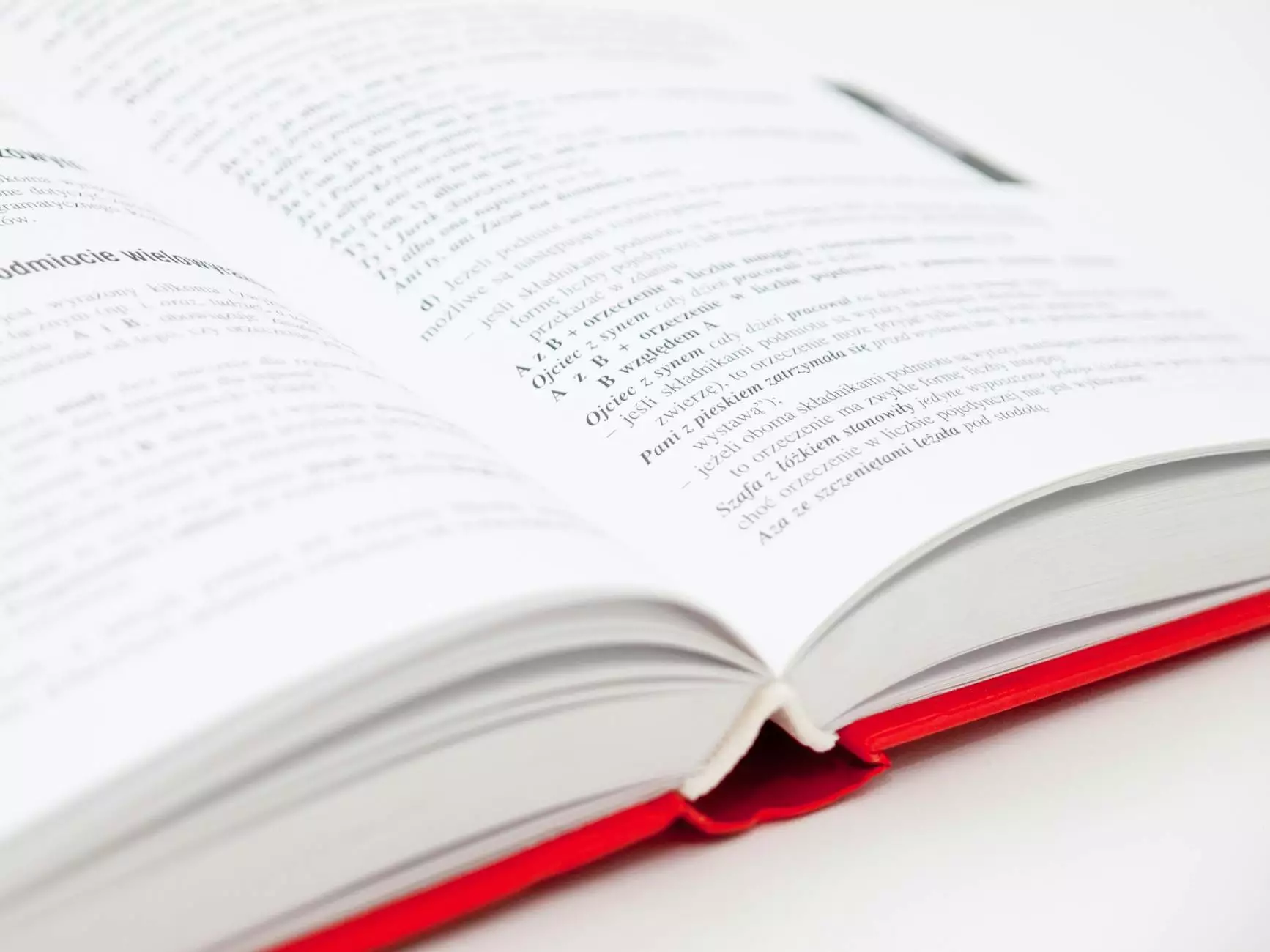Gerber File Requirements
Design & Build Services
Introduction
Welcome to RPM Design and Prototype, your trusted partner for professional PCB design and manufacturing. In this guide, we will delve into the important topic of Gerber file requirements, providing you with a comprehensive understanding of the standards and best practices to ensure the highest quality in your PCB fabrication process.
What are Gerber Files?
Gerber files are the industry-standard format used to communicate design specifications to the PCB manufacturer. These files contain the necessary information for the production of printed circuit boards, including detailed drawings of each layer, component placement, solder mask openings, drill locations, and more.
The Importance of Gerber File Accuracy
Accurate Gerber files are essential for achieving optimal PCB fabrication results. Being meticulous in your file preparation is crucial to prevent manufacturing errors, minimize production delays, and avoid costly revisions. By understanding and adhering to the Gerber file requirements, you can ensure that your PCB design is translated precisely into physical form.
Key Gerber File Requirements
1. Supported Gerber File Formats
To ensure compatibility with manufacturers' software and equipment, it is crucial to generate Gerber files in the correct formats. The most commonly used formats include RS-274X (extended Gerber) and Gerber X2. These formats provide the necessary information about your PCB design, enabling seamless communication between you and the manufacturer.
2. Separate Gerber Files for Each Layer
For multi-layer PCBs, it is essential to create individual Gerber files for each layer, including top and bottom copper layers, inner signal and power planes, solder mask layers, silkscreens, and drill files. This helps ensure the accurate reproduction of your design and facilitates ease of manufacturing and assembly.
3. Accurate Drill Files
Drill files contain the necessary information for hole locations and sizes on your PCB. It is vital to provide accurate drill files to avoid misalignments or drilling errors during fabrication. Verify that your drill files are properly formatted, including the correct units (typically inches or millimeters), and that they match the specifications of your PCB design.
4. Clear & Comprehensive Design Documentation
In addition to Gerber files, providing clear and comprehensive design documentation is highly beneficial. Include detailed assembly drawings, bill of materials (BOM), component placement files, and any other relevant information. This helps the manufacturer better understand and facilitate the fabrication process, minimizing potential errors or ambiguities.
5. Correct Aperture Definitions
Apertures define the sizes and shapes of openings on solder masks, copper layers, and silkscreens of your PCB. Ensure that the aperture definitions in your Gerber files align with your design specifications. Incorrect or missing aperture definitions can lead to solder mask misalignment, incorrect trace widths, or distorted component placement.
6. Proper Layer Naming & Ordering
Consistent and logical layer naming and ordering are crucial for clear communication with the manufacturer. Use descriptive names for each layer, such as "Top Copper," "Silkscreen," or "Solder Mask Bottom." Ensure that the layer order matches your intended build-up sequence to prevent confusion and potential errors during fabrication.
Conclusion
Understanding and following the Gerber file requirements is essential for successful PCB design and manufacturing. By providing accurate, complete, and well-prepared Gerber files, you can ensure that your PCB design is realized precisely as intended. At RPM Design and Prototype, we are committed to delivering the highest quality PCBs, and our team of experts is here to assist you throughout the process, from design to production. Contact us today for all your PCB needs!










